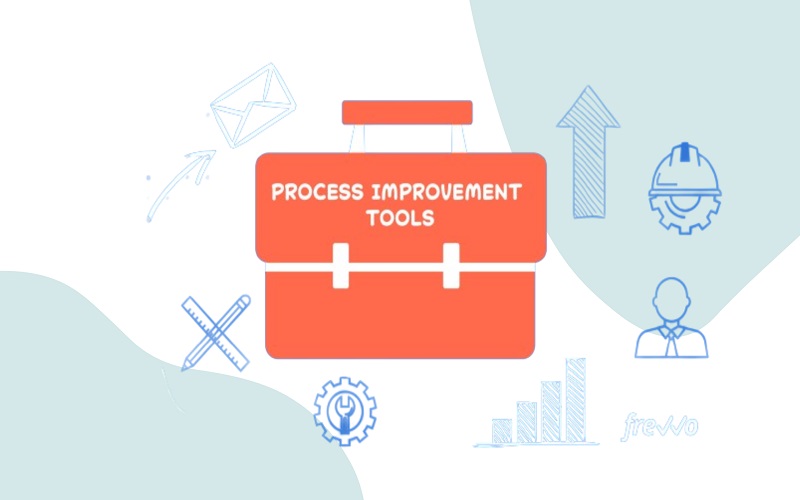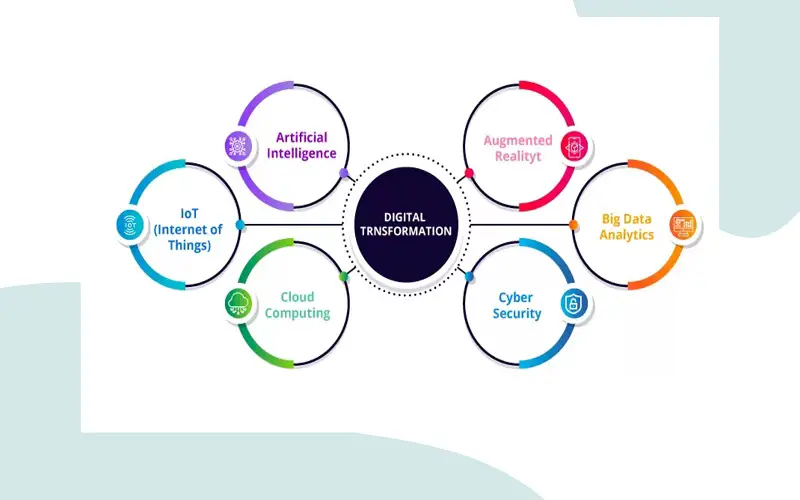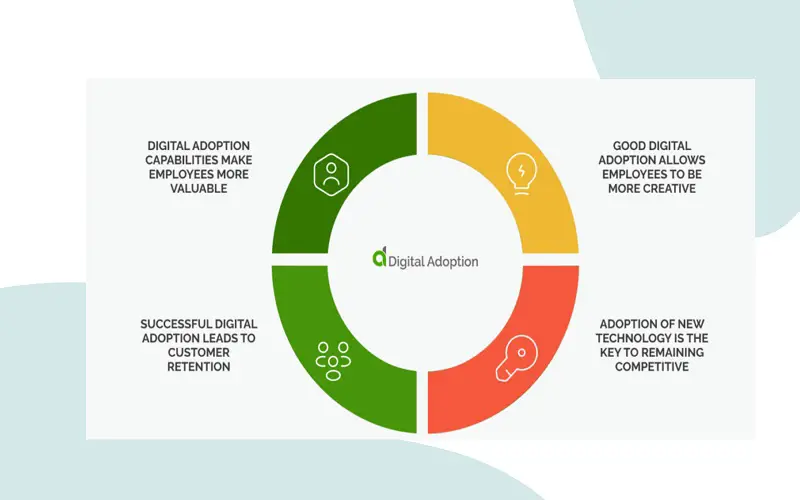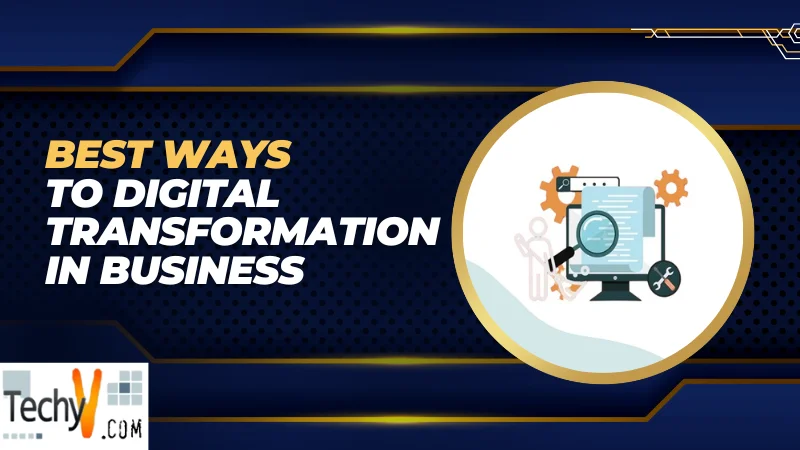Digital transformation is a process in which innovative business practices are developed using latest technology to enhance customer’s experiences. Advanced corporate strategies are made with the help of cutting-edge technology. The purpose to digital transformation is to improve overall performance, generate additional sources of income, improve customer experience, and drive business growth.
In today’s competitive world, prioritizing digital strategies is necessary to achieve long term success in the business. It prepares businesses for future challenges through automation and improved customer experiences. Digital transformation demands heavy planning, substantial capital investments, and long development periods. One of the recent key trends in digital transformation is the increased use of automation technology in business processes.
The pressure to accelerate digital transformation has risen in the post-pandemic period. Corporates must fasten their route to digital transformation in order to eliminate the adverse effects of recession on the economy. The purpose to digitally transform the business is that it enables businesses to adopt new technologies quickly. In this article, we will suggest the Top 10 ways to digitally transform your business.
1. Adopt A Modern Approach To Business Operations
Companies can smoothly undergo a digital transformation by adopting an agile development approach. According to digital experts, an organization can transform easily if its architecture is flexible enough to accommodate the changes in the business structure. Team members can adapt to any changes without any resistance quickly using an agile strategy. They can quickly adopt new business practices and maintain a problem-solving approach.

2. Create Reusable Tools
To optimize time and resources, businesses must prioritize the development of efficient tools and processes. By creating reusable tools, engineers can complete their work on time and find valuable time to discover new business opportunities. Therefore, companies must focus on investing in software and technologies that can effectively tackle various cases and obstacles.

3. Build An It Roadmap
Companies must focus on investing in transformation projects that drive business outcomes aligning with the business needs and objectives. They must communicate and inform their business needs to the IT leaders and departmental heads responsible for making critical technology decisions. They must focus on preparing an IT roadmap to outline overall goals, technologies, and ideas.

4. Upskilling Employees
It is necessary to build IT skills for a speedy digital transformation. Businesses must focus on imparting proper training to ensure employees have the suitable skill set to support digital capabilities. Without digital literacy, businesses cannot imagine achieving digital transformation. Companies must plan and implement various employee training methods to effectively upskill their workforce.

5. Appoint Digital Representatives
Try to assemble a diverse team in a digital space, appointing members across different departments and levels. Companies should consider hiring individuals with knowledge and expertise in handling digital tools and platforms. They can serve as valuable mentors to fellow employees unfamiliar with the digital processes. It will not only help in creating a strong dynamic team but will also offer the opportunities for internal training.

6. Prioritize Customer Needs
For any successful business, the customer is the driving force. Customer satisfaction must be the prime objective of any organization. So, it is necessary for companies to understand the expectations and demands of their customers while creating a digital strategy. Throughout the transformation process, try to keep customer expectations at the forefront, as they ultimately dictate the success of the change. Businesses must analyze who are their targeted customers, what their problems are, and identify solutions for their problems rather than focusing on just selling to them.

7. Create A Digital Strategy
Companies can build a digital strategy for boosting digital transformation in their businesses. They must focus on collaborating with appropriate teams to examine each department of the organization thoroughly. Try to assess and enhance departments that have already undergone some digital progress. Additionally, businesses can consider the current level of digitization and transform entire business models to capitalize on the power of digitization fully.

8. Offer Self-support Tools To Employees
In digital transformation, sometimes employees experience frustrations while adopting new digital applications. They often encounter issues with digital tasks such as performance reviews, data audits, and compliance-related tasks. Higher authorities must support their team members to overcome this issue, by offering self-support tools to help them in their work. A Digital Adoption Platform(DAP) offers employees self-help similar to an IT self-service portal, enabling employees to find answers immediately when needed.

9. Speed Up Access To Data
Businesses must build a data architecture that enables immediate access to high-quality data. It is essential to store and utilize data that can benefit other departments in the future. Incorporating big data technologies helps businesses to enhance the quality of their products and services. Companies need to protect their high-value data. They can even rely on IT experts to handle bulk data.

10. Make Use Of The Latest Innovative Technologies
In today’s world, new and exciting technological advancements are introduced daily. Organizations need to train and inform employees on emerging trends and technologies. Encourage your team leaders and employees to bring in new ideas. Utilizing new innovative technologies and software helps enhance overall efficiency and cost control. It also helps businesses to stay ahead of their competitors in the market.


















